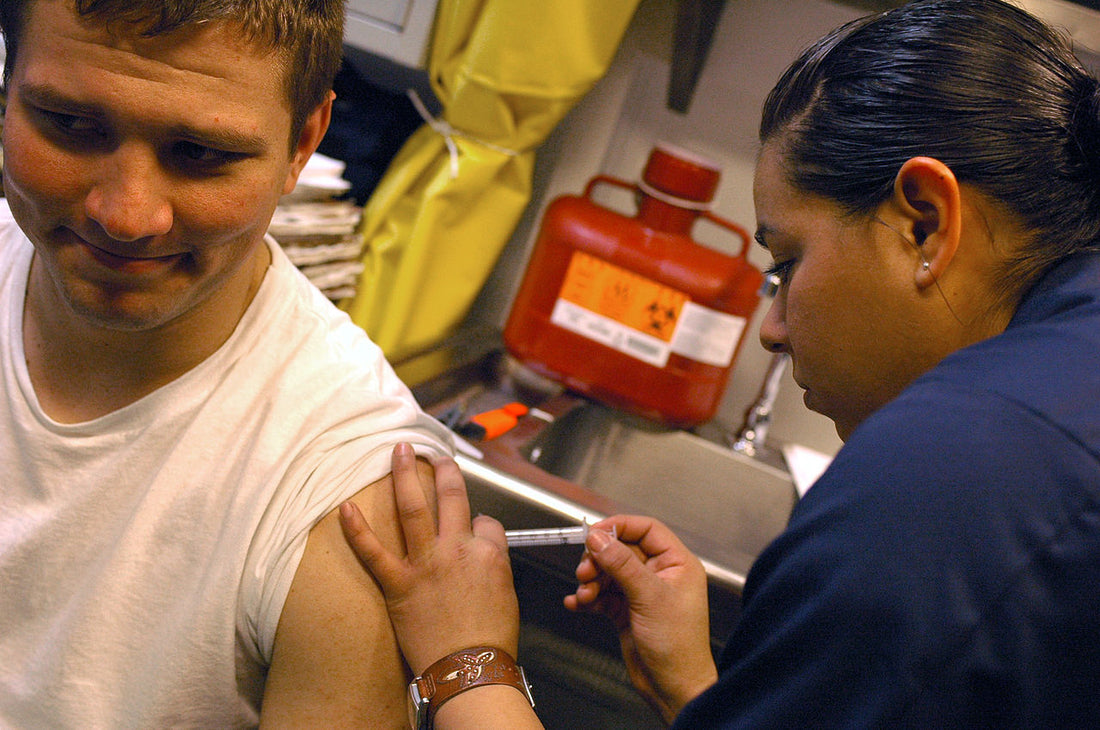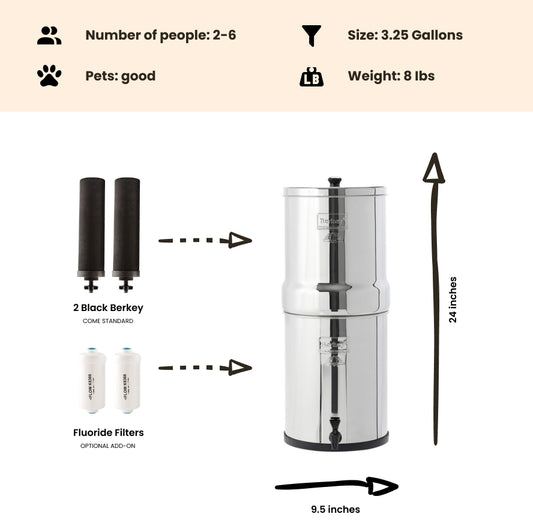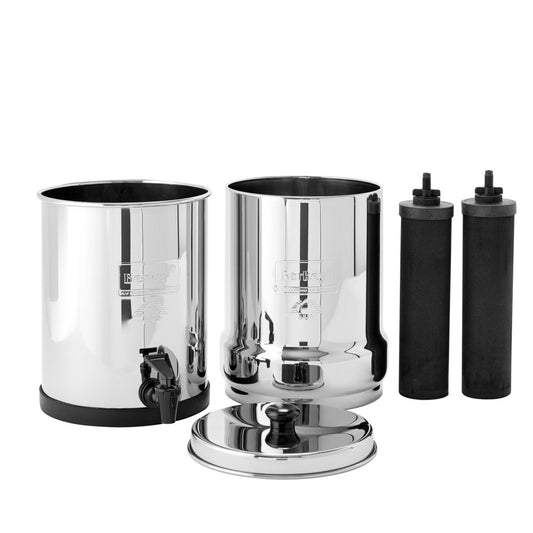
Hepatitis A: What You Need to Know
By Dan DeBaunShare
Hepatitis A is the milder form of hepatitis, which causes inflammation of the liver. The infection is caused by a virus, and is transmitted through the ingestion of contaminated food and beverages. Water is a common transmission method, and the infection is often seen in places with poor sanitation, such as in developing countries. Regions with the highest rates of hepatitis A include northern and southern Asia, Africa, southern and eastern Europe, and some parts of South America.
Most people in the US who become infected with hepatitis A, contracted the virus after traveling to a country where the disease is common. Transmission occurs via the stool-to-mouth route, or when a person ingests food or beverages contaminated by human feces carrying the hepatitis A virus (HAV).
Infection with hepatitis A, unlike infection with the other types of viral hepatitis (B and C), does not bring about chronic liver disease, and is hardly ever a fatal condition. Its symptoms, however, can be debilitating and include: loss of appetite, malaise, fever, nausea, abdominal discomfort, diarrhea, dark-colored urine, and/or jaundice. Only 10% of children develop jaundice, and those younger than six years often do not exhibit symptoms. More severe symptoms are often experienced by older children and adults; in adults -- at least 70% develop jaundice. Recovery may take several weeks or months, but most do not develop complications.
In places where hepatitis A outbreaks are common, children are the most at risk of acquiring an HAV infection. Those who have not been infected before, or have not been vaccinated, including travelers to regions where HAV infections occur frequently, are also at risk of contracting the disease. Blood transmission can occur when a needle used by, or on, an infected person to inject drugs is reused by, or on, an uninfected person. Transmission through sexual contact is also possible when the HAV infection is acute. The most common mode of transmission is when food or beverage contaminated with an infected person's faeces is ingested by an uninfected person. In places where water is not treated properly or is contaminated by sewage, waterborne outbreaks are common.
Treatment of hepatitis A mostly focuses on ensuring comfort, and adequate nutrition of the patient; those who require hospital care receive supportive therapy, including intravenous fluids and pain medications. The majority of people who get infected with HAV recover without complications, within a few weeks. Proper sanitation is also critical to prevent outbreaks. People who have already contracted HAV usually develop lifelong protection against re-infection.
Vaccines for hepatitis A are readily available worldwide, and those who plan on traveling to high-risk countries should receive proper vaccinations beforehand. It is also advisable to only drink boiled, bottled, filtered, or chemically treated water when traveling in high-risk countries. Tap water should also be avoided when brushing teeth, as should ice cream, juices, unpasteurized milk, and ice from street vendors. Travelers should also avoid eating fruits, raw or under cooked vegetables, shellfish, and any other food that may have come into contact with contaminated water.
Where tap water is the only water available for drinking and brushing the teeth, boiling the water is most effective way of killing pathogens. Alternatively, a traveler can buy chemical disinfectants and/or a water filter to purify tap water. When traveling in countries with a dubious water supply, we recommend that travelers filter drinking water using a good quality drinking filter such as the Travel Berkey, or a light-weight portable alternative, such as the Go Berkey Kit, which is perfect for travelers. Both these water filters will remove disease causing pathogens, as well as many other types of contaminants that may be lurking in the water and could damage your health.
-
Regular price $234.00 USDRegular priceUnit price / per
-
Regular price $327.00 USDRegular priceUnit price / per
-
Regular price From $367.00 USDRegular priceUnit price / per
-
Regular price From $408.00 USDRegular priceUnit price / per
-

 Sold outRegular price From $451.00 USDRegular priceUnit price / per
Sold outRegular price From $451.00 USDRegular priceUnit price / per -
Regular price From $478.00 USDRegular priceUnit price / per
-
Regular price $332.50 USDRegular priceUnit price / per
$350.00 USDSale price $332.50 USDSale

Dan DeBaun is the owner and operator of Big Berkey Water Filters. Prior to Berkey, Dan was an asset manager for a major telecommunications company. He graduated from Rutgers with an undergraduate degree in industrial engineering, followed by an MBA in finance from Rutgers as well. Dan enjoys biohacking, exercising, meditation, beach life, and spending time with family and friends.
~ The Owner of Big Berkey Water Filters

















Cons; You have to get right down close to the water’s surface to put the straw directly into the water and suck, just like a normal straw. This may be uncomfortable or not possible in some cases depending on the water source. It also means you can’t filter a bottle to take with you for later, you can only drink directly from the source. You could carry a vessel with you to make using the straw more comfortable but it would take up space in your pack.
I would like to know how many contaminants does this filter. I live in New York City n I’m currently using a water jug that filteres 6 different contaminants. I’m looking for something bigger as I constantly have to replace my filter cause it gets clogged too fast n I saw this one a a friends apt. plz get back to me soon.
Hi Nydza -
A list of the contaminants that the <a href="https://www.bigberkeywaterfilters.com/black-berkey-filters-2.html" rel="nofollow">black berkey filters remove can be found here.
</a>
Thanks
Dan